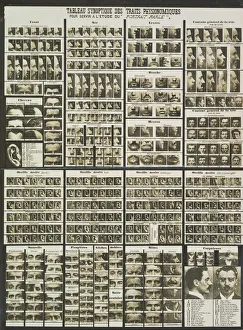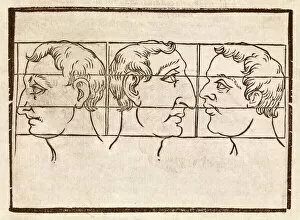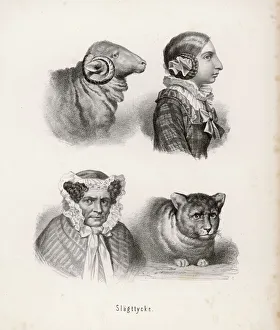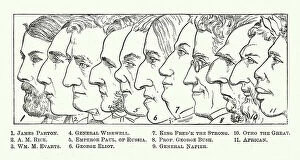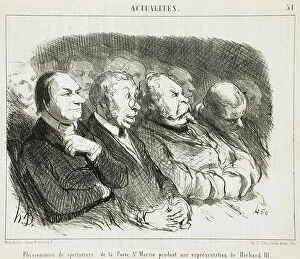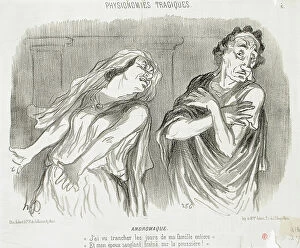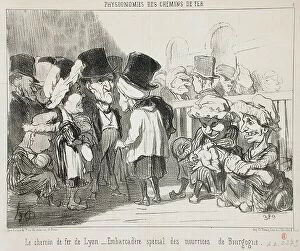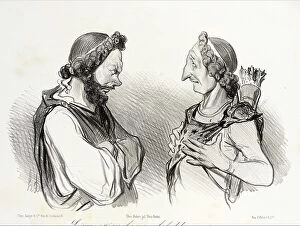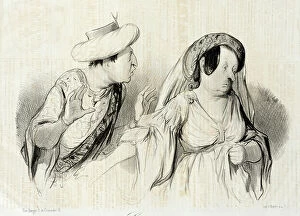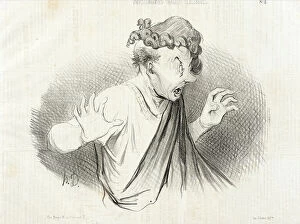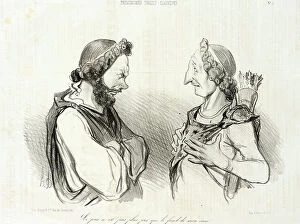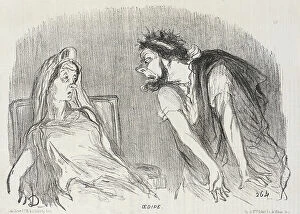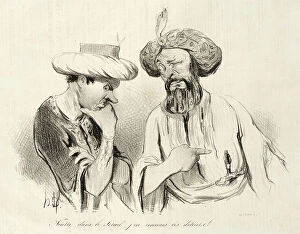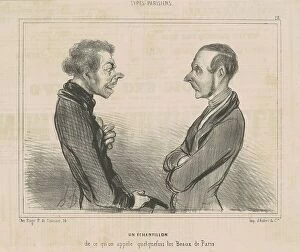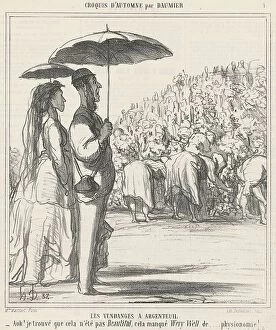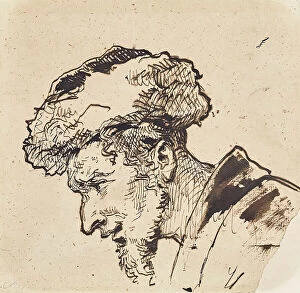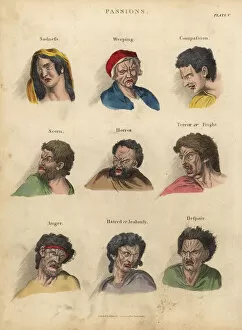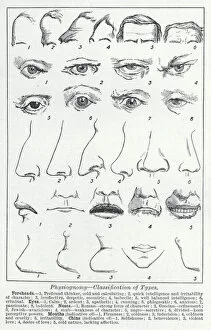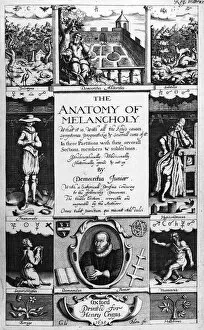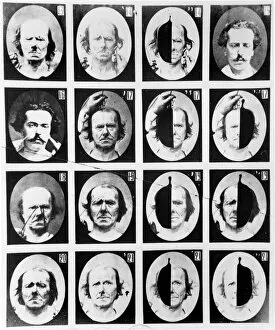Physiognomy Collection
"Exploring the Intriguing World of Physiognomy: Unveiling the Secrets Behind Facial Features" Tableau synoptic des traits physionomiques
All Professionally Made to Order for Quick Shipping
"Exploring the Intriguing World of Physiognomy: Unveiling the Secrets Behind Facial Features" Tableau synoptic des traits physionomiques: pour servir a l etude du " - Delving into the 17th-century study of physiognomy, this tableau presents an intricate analysis of facial traits and their significance. Resemblance of animals and their owners - Discovering the uncanny resemblance between humans and animals through physiognomy, unraveling intriguing connections between individuals and their animal counterparts. Illustration from The Anatomy of the Horse, including a particular description of the bones - Examining how physiognomy extends beyond human features to encompass other creatures like horses, highlighting detailed bone structures for comprehensive understanding. Comparison of British & German skull shapes, WW1 - During World War I, exploring how physiognomic studies were utilized to compare skull shapes among different nationalities, shedding light on potential racial differences. Passions from Physiognomy - Unraveling emotions through facial expressions in physiognomic studies. Analyzing how our faces reveal our innermost feelings and passions with remarkable accuracy. The Different Human Races, from Natural History of the Animal Kingdom' - Investigating diverse human races through a natural history lens. Understanding how physical characteristics vary across different ethnic groups using principles derived from animal kingdom observations. Costumes of high-ranking Persian men and women - Exploring cultural aspects intertwined with physiognomy by examining traditional Persian costumes worn by influential men and women. How clothing choices reflect societal roles based on facial features? Mongol men and women, physiognomy of a Mongol – Diving into Mongolian culture through studying distinct physical attributes specific to Mongol individuals. Understanding unique characteristics that define this fascinating group's identity. Look What a Pretty Face.

